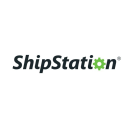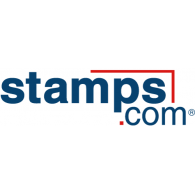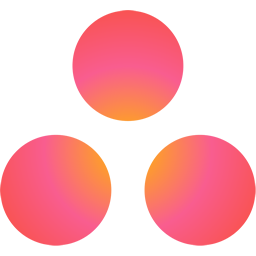Embracing A Minimalist Wardrobe And Building A Business Around It
Hello! Who are you and what are you working on?
My name is Kristi, I’m the founder and CEO of Encircled. Encircled is on a mission to create versatile, high quality and responsibly-made clothing so that our customers can be truly proud of their wardrobes.
Our direct to consumer eCommerce model and small-batch, local Canadian production allows us to offer sustainable clothing at competitive price points. From a design perspective, we focus on creating in two key categories - timeless basics and versatile must-haves.
Our timeless basics are well-loved, classic silhouettes upgraded using superior fit, high-quality construction details and sustainable fabrics.
Our versatile must-haves explore the idea of wardrobe transformation by literally changing in shape or style, converting from one silhouette to another, offering endless options for your wardrobe.
Our customers are highly conscious consumers who are well-traveled, aware of world issues, and are thoughtful about what they purchase. They’re educated, curious and compassionate. I’m super biased, but we have amazing and inspiring customers!
Encircled started in 2012 with one product, in two colours, on...

Download the report and join our email newsletter packed with business ideas and money-making opportunities, backed by real-life case studies.

Download the report and join our email newsletter packed with business ideas and money-making opportunities, backed by real-life case studies.

Download the report and join our email newsletter packed with business ideas and money-making opportunities, backed by real-life case studies.

Download the report and join our email newsletter packed with business ideas and money-making opportunities, backed by real-life case studies.

Download the report and join our email newsletter packed with business ideas and money-making opportunities, backed by real-life case studies.

Download the report and join our email newsletter packed with business ideas and money-making opportunities, backed by real-life case studies.

Download the report and join our email newsletter packed with business ideas and money-making opportunities, backed by real-life case studies.

Download the report and join our email newsletter packed with business ideas and money-making opportunities, backed by real-life case studies.


































